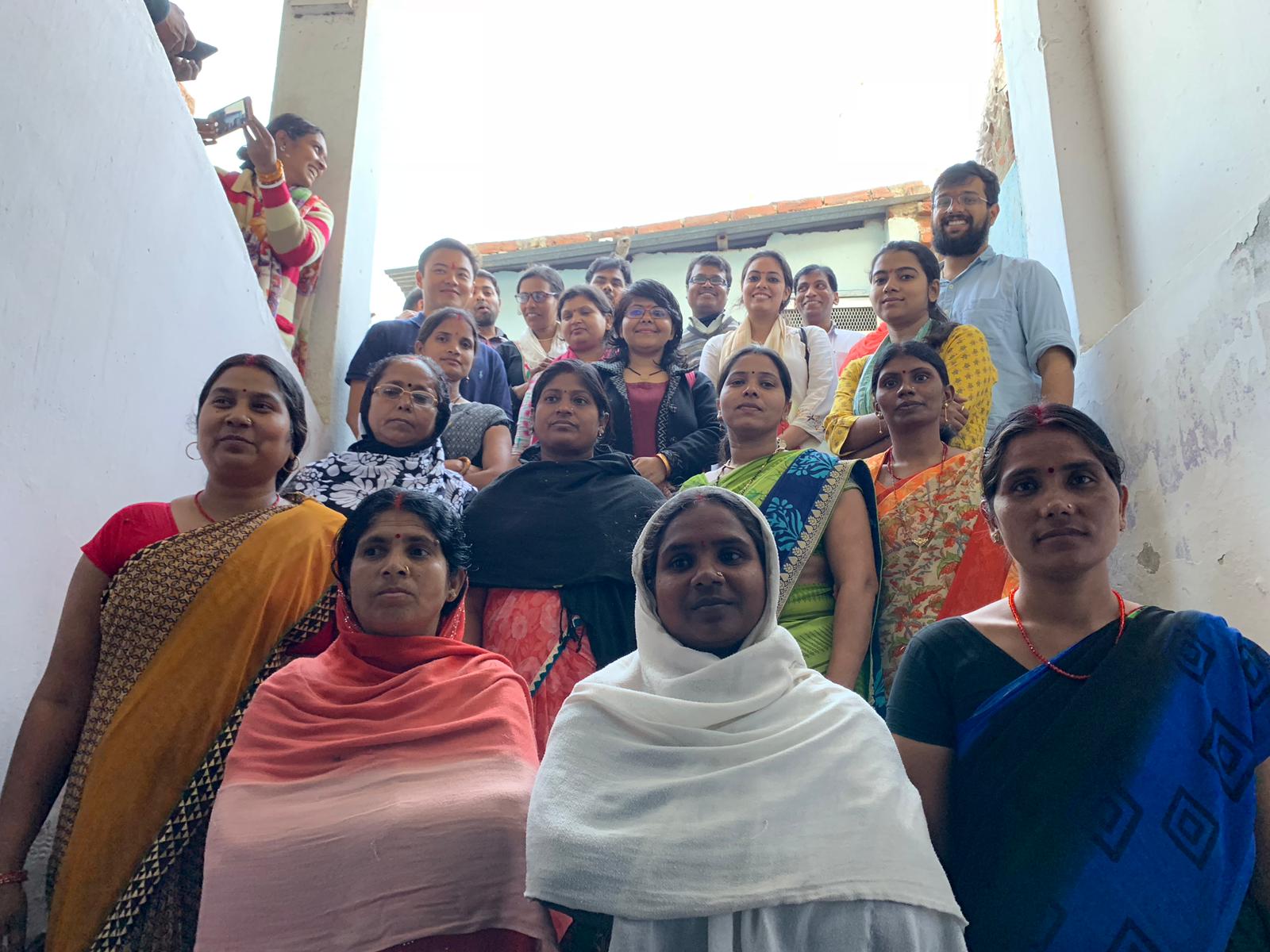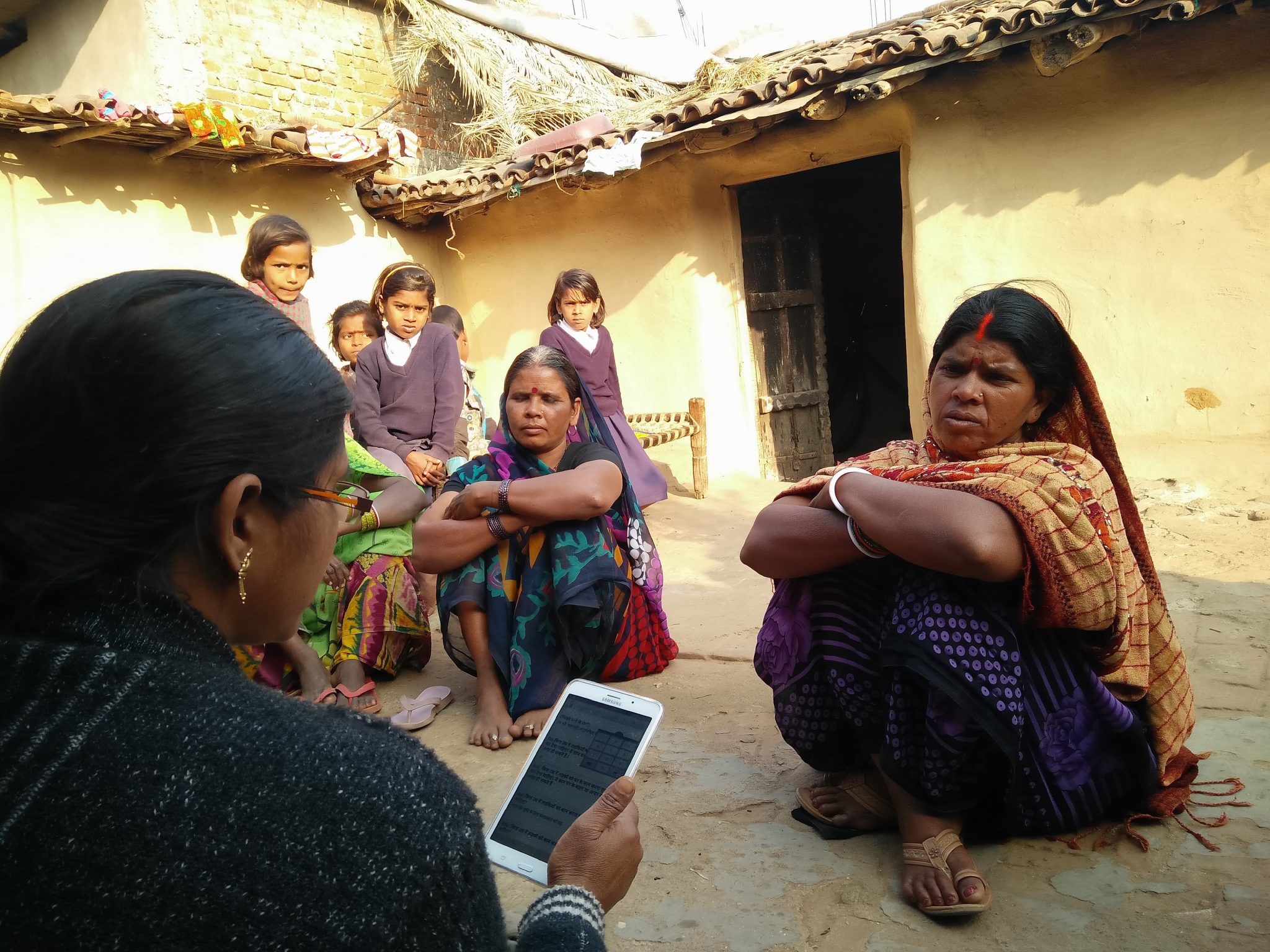Blog Details
Outline India (OI) undertook a nutrition study in association with a global funding agency and its local implementation partner. This study was conducted in Jehanabad district of Bihar. The respondents consisted of implementation agency associated SHG women who have children between the ages of six months to two years. Initially, data collection was to happen in March but it was eventually conducted in the first week of June 2019 due to the implementation of the Code of Conduct for the General Assembly Elections in India. This had some unforeseen consequences on operationalizing the study but was resolved due to a strong relationship that was built by the research team and the multiple ground-level stakeholders who were involved with the implementation agency.
The general elections saw the study get postponed and hence, the process of procuring the respondent list got delayed as the implementation agency was involved with the operationalizing of the general election processes. The Outline India team was to receive a complete list of respondents from the implementation partner, with whom they had to conduct the field study. The respondent lists that Outline India received consisted of cumulative members of the SHGs and did not have the screened respondents i.e. the women SHG members who have children between the ages of six months to two years. This was not anticipated as this threw a spanner in the works for Outline India before the execution of the study and the team had to rethink the field plan for this study. It is here that we seek to reach out to the Community Mobilizers (CMs) of the Implementation agency to assist us with identifying respondents and conducting the study. This seemed to work brilliantly as not only did it assist the OI enumerators in identifying the correct respondents, but the CM’s constant engagement with the respondents helped our enumerators gain easy entry in the village space, failing which the enumerators might have been meted out with suspicion, especially since the data collection period fell right after the general elections result day.
There were a lot of learning points from this experience, but nothing can be highlighted more than the importance of Stakeholder Engagement. The OI team had engaged with the Community Mobilizers and the District level program team during the pre-test phase of the study. Initially, it was only the district personnel who were told about the study. Sooner than later, the research team realized that it was not enough to inform just the senior level program team but there was also a need to engage with the ground workers of the project as they were the actors who constantly engaged with the beneficiaries of the program. By creating this space for discussion, the CMs were constantly in touch with the research team members and helped the Outline India field team immensely. The district team was kept in the loop about the progress of the study and the district team reciprocated by not interfering with the fieldwork.
The majority of the social sector research spaces have multiple actors who affect the progress of research and implementation processes. While undertaking monitoring and evaluation exercises, there is a need to propagate inclusivity as it builds trust and creates for a more participatory process. This aids in receiving better insight into the conditions and ground reality of the field, thereby preparing the field team for the study. It gives the field team a chance to prepare for contingencies in the event of a sudden change in the plan of action. To undertake social research studies in silos in a country like India, where multiple stakeholders overlap at different processes, is a recipe for disaster. Outline India has always tried to create a participatory space for stakeholder engagement in the studies conducted. This study, particularly, played an important role in helping us understand the complexities involved in working within the Indian Development ecosystem.








David Angel Makel
IT ConsultantIt is a long established fact that a reader will be distracted by the readable content page looking at its layout point of using normal